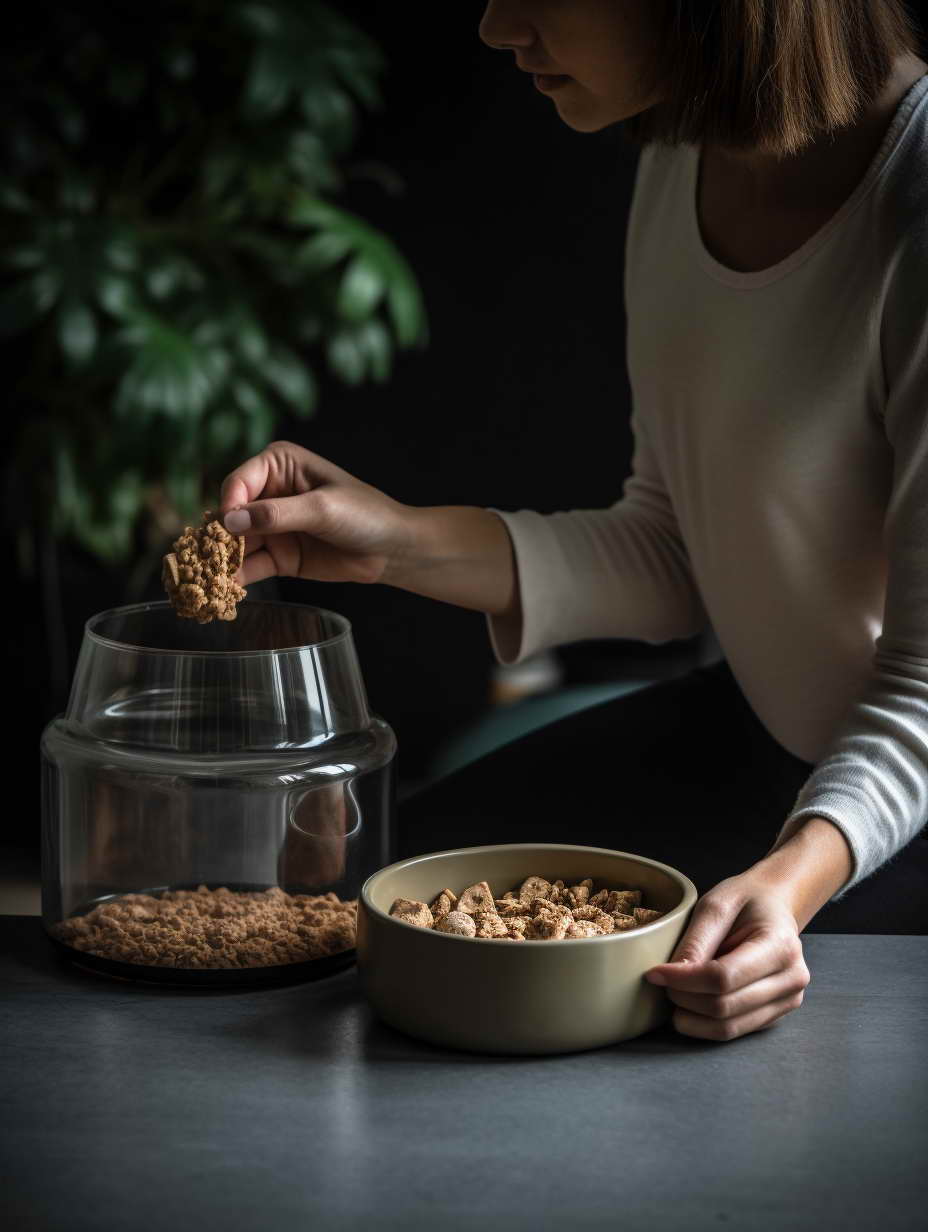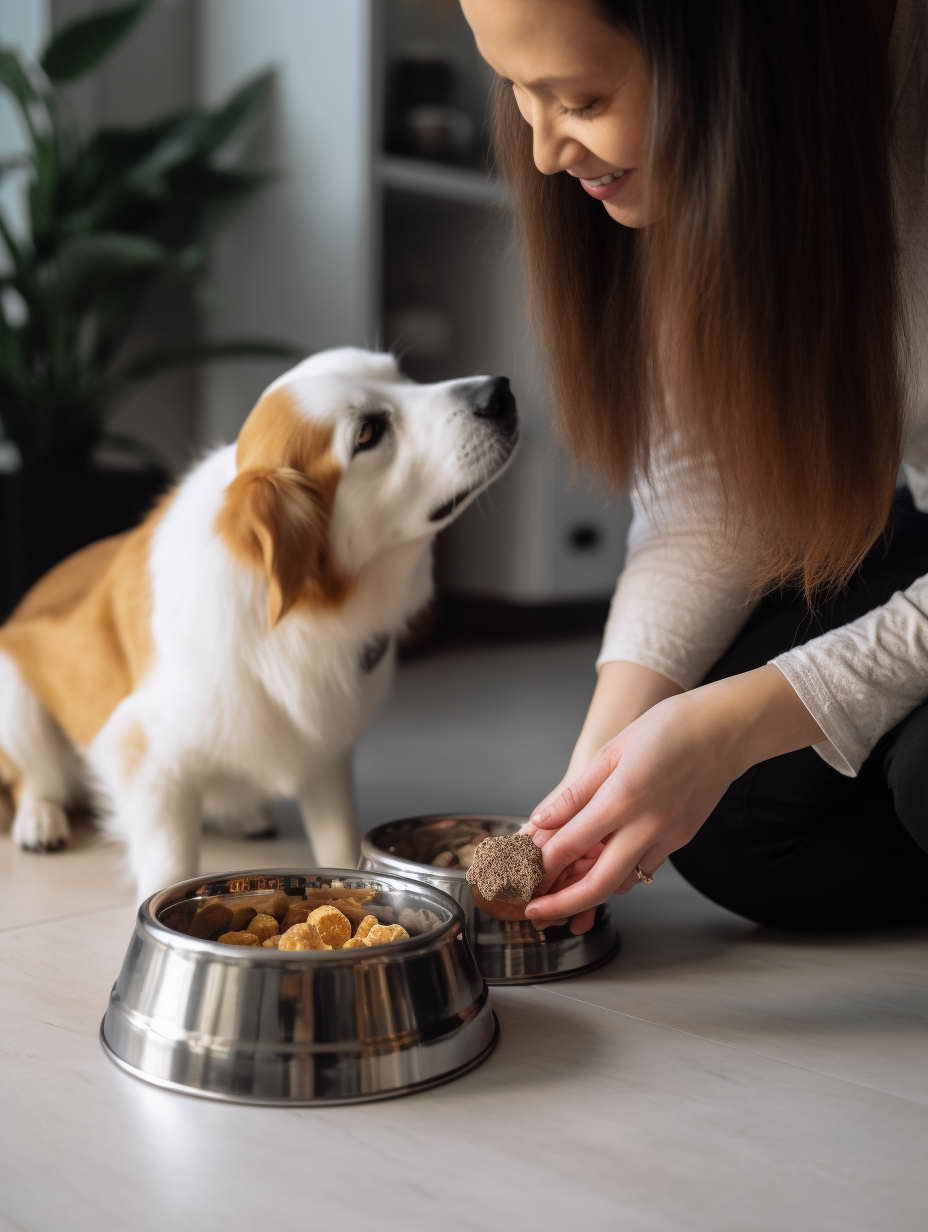When Should You Switch From Puppy Food To Dog Food: A Guide
Introduction
Bringing a new puppy into your home is an exciting experience, but it comes with its fair share of responsibilities, including ensuring they receive the right nutrition. One common question that dog owners often grapple with is, “When should you switch from puppy food to dog food?” In this comprehensive guide, we’ll provide you with expert advice, practical tips, and answers to frequently asked questions to make this transition smooth and beneficial for your furry companion.
Understanding the Transition: When to Make the Switch
Transitioning your furry companion from puppy food to adult dog food is a significant step in their development and overall well-being. In this section, we will delve deeper into the factors that play a crucial role in determining when and how to make this transition.
The Ideal Timing
Determining the right time to switch from puppy food to adult dog food is essential. While the general guideline is to begin the transition when your puppy reaches around 12 months of age, it’s important to remember that each dog is unique. Factors such as breed, size, and individual growth rates can influence the ideal timing.
Assessing Your Dog’s Development
Before initiating the transition, it’s advisable to assess your dog’s development carefully. Look for signs that they are approaching their adult size and that their energy levels are stabilizing. These are positive indicators that your puppy may be ready for adult dog food.
To ensure you make the switch at the most appropriate time, consult your veterinarian. They can provide personalized guidance based on your dog’s specific development and nutritional needs. Veterinarians often consider factors like the dog’s breed, weight, and overall health when making recommendations.
The Gradual Transition Process
Switching your dog’s diet abruptly can lead to digestive upset, which is why a gradual transition is highly recommended. The transition process involves gradually introducing adult dog food while reducing the proportion of puppy food in their diet.
Here’s a step-by-step approach to the gradual transition:
- Start Slowly: Begin by mixing a small amount of adult dog food into your puppy’s current food. A ratio of approximately 75% puppy food to 25% adult food is a good starting point.
- Monitor Your Dog: Pay close attention to your dog’s response during this transition phase. Watch for any signs of digestive discomfort, such as diarrhea or vomiting.
- Progress Gradually: Over the course of about one to two weeks, gradually increase the proportion of adult dog food in their diet while decreasing the amount of puppy food. Aim to reach a 50/50 ratio midway through this period.
- Full Transition: By the end of the transition period, your dog should be comfortably eating adult dog food as their primary diet. At this point, you can discontinue the puppy food entirely.
Monitoring Your Dog’s Health
Throughout the transition process, it’s vital to keep a close eye on your dog’s health and well-being. Monitor their stools for any irregularities, as diarrhea or constipation can be signs of dietary issues. Additionally, observe their energy levels and overall behavior to ensure they remain active and content.
If you notice any digestive problems or have concerns about your dog’s adjustment to adult dog food, don’t hesitate to reach out to your veterinarian. They can provide guidance and make necessary adjustments to the transition plan to ensure your pet’s comfort and health.

Frequently Asked Questions (FAQs)
How do I know if my puppy is ready for adult dog food?
Your puppy is ready for adult dog food when they reach about 12 months of age, but consult your veterinarian for personalized advice based on your dog’s development.
Can I switch to any adult dog food?
It’s essential to choose a high-quality adult dog food that meets your pet’s nutritional needs. Consult your vet for recommendations based on your dog’s breed, size, and health.
What are the signs that my puppy needs a diet change?
Signs that your puppy may need a diet change include stunted growth, digestive problems, or excessive weight gain. Consult your vet if you have concerns.
How should I transition my dog’s diet without causing digestive issues?
To transition your dog’s diet smoothly, mix small amounts of adult dog food into their puppy food over several days, gradually increasing the adult food portion.
What are the benefits of switching to adult dog food?
Switching to adult dog food provides the appropriate balance of nutrients for your dog’s adult life stage, promoting healthy growth and development.
Are there any breeds that require a longer time on puppy food?
Some larger breeds may benefit from extended time on puppy food to support healthy growth. Consult your veterinarian for breed-specific recommendations.
Conclusion
Switching from puppy food to dog food is a significant step in your pet’s life. Timing is crucial, and a gradual transition ensures their digestive health remains stable. Always consult your veterinarian for personalized guidance, and remember that your dog’s well-being is the top priority. By following these guidelines and being attentive to your furry friend’s needs, you’ll ensure a smooth and healthy transition.

Leave a Reply